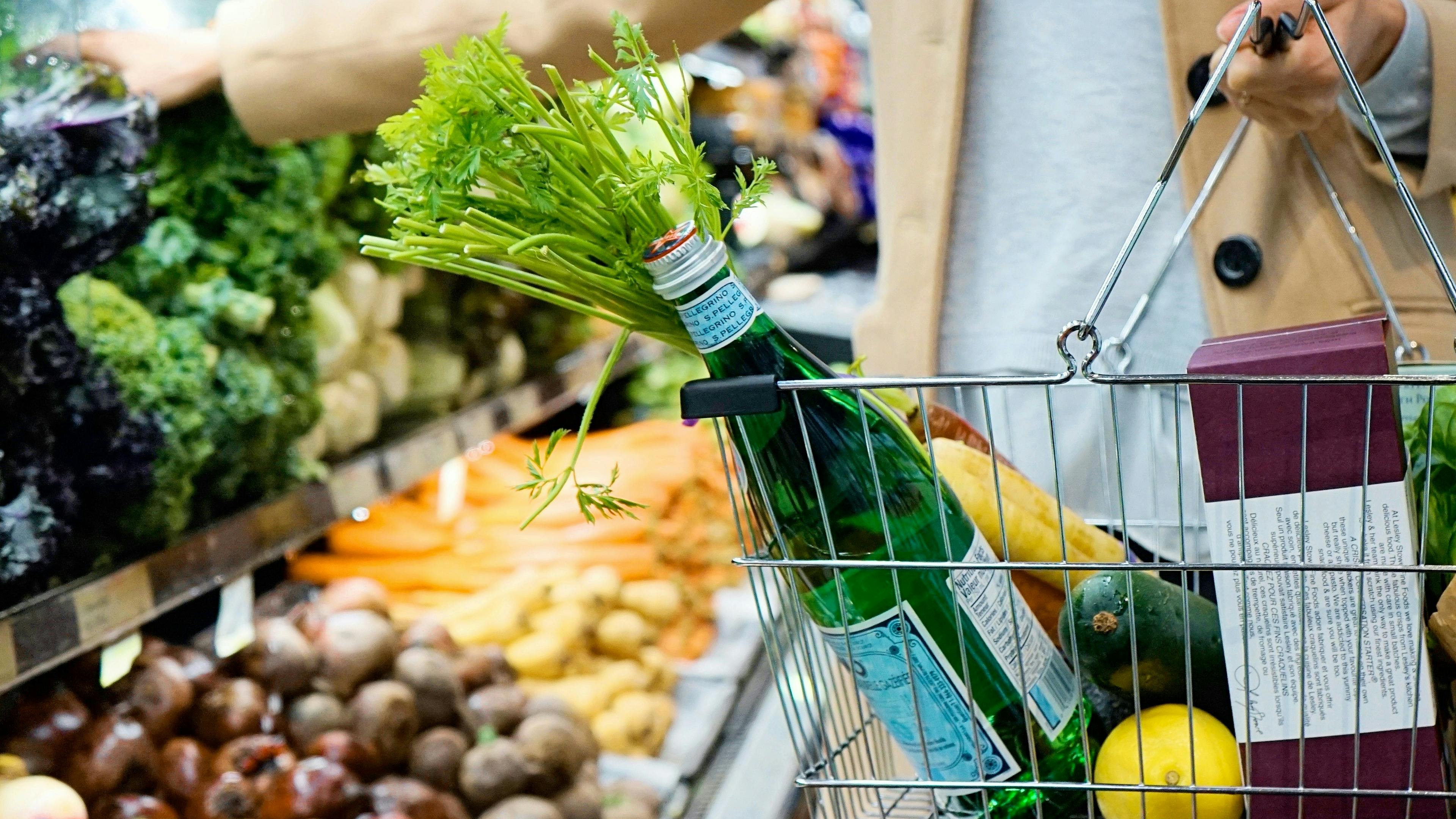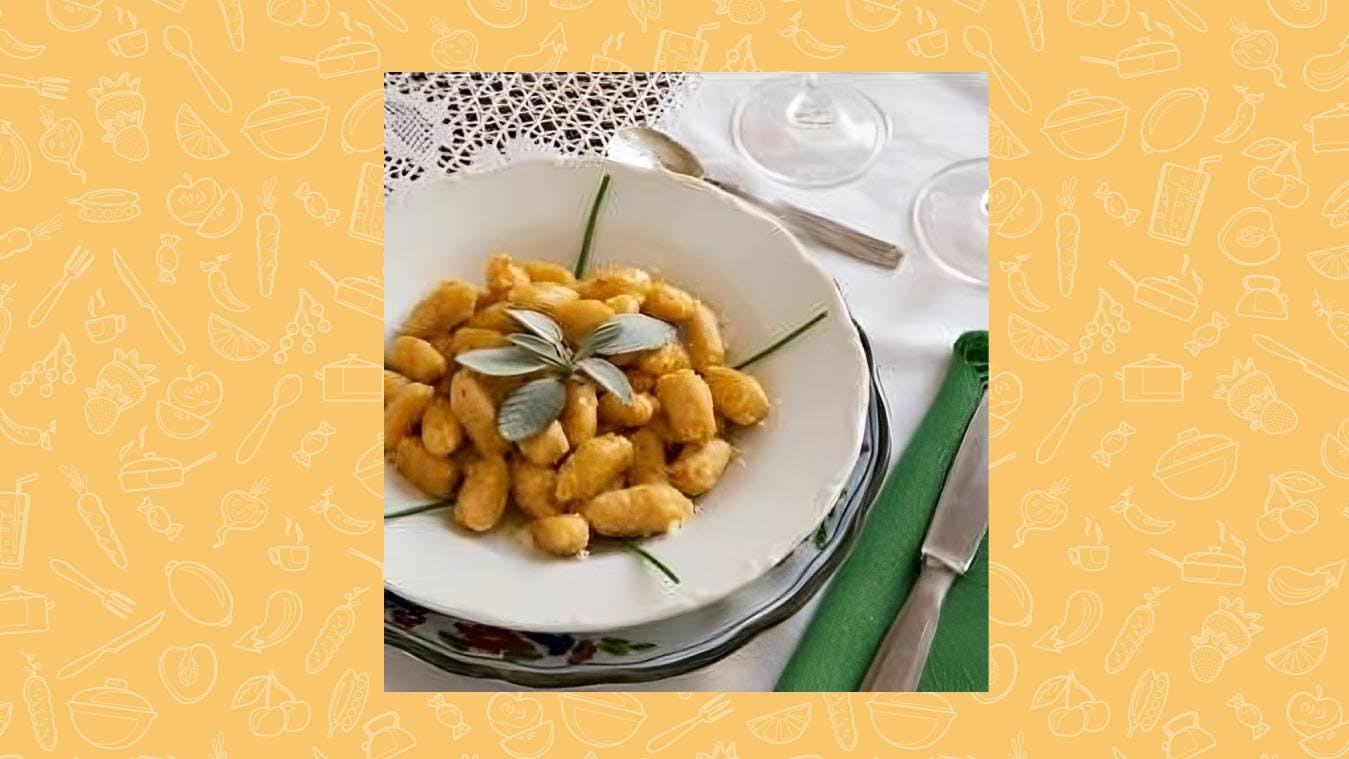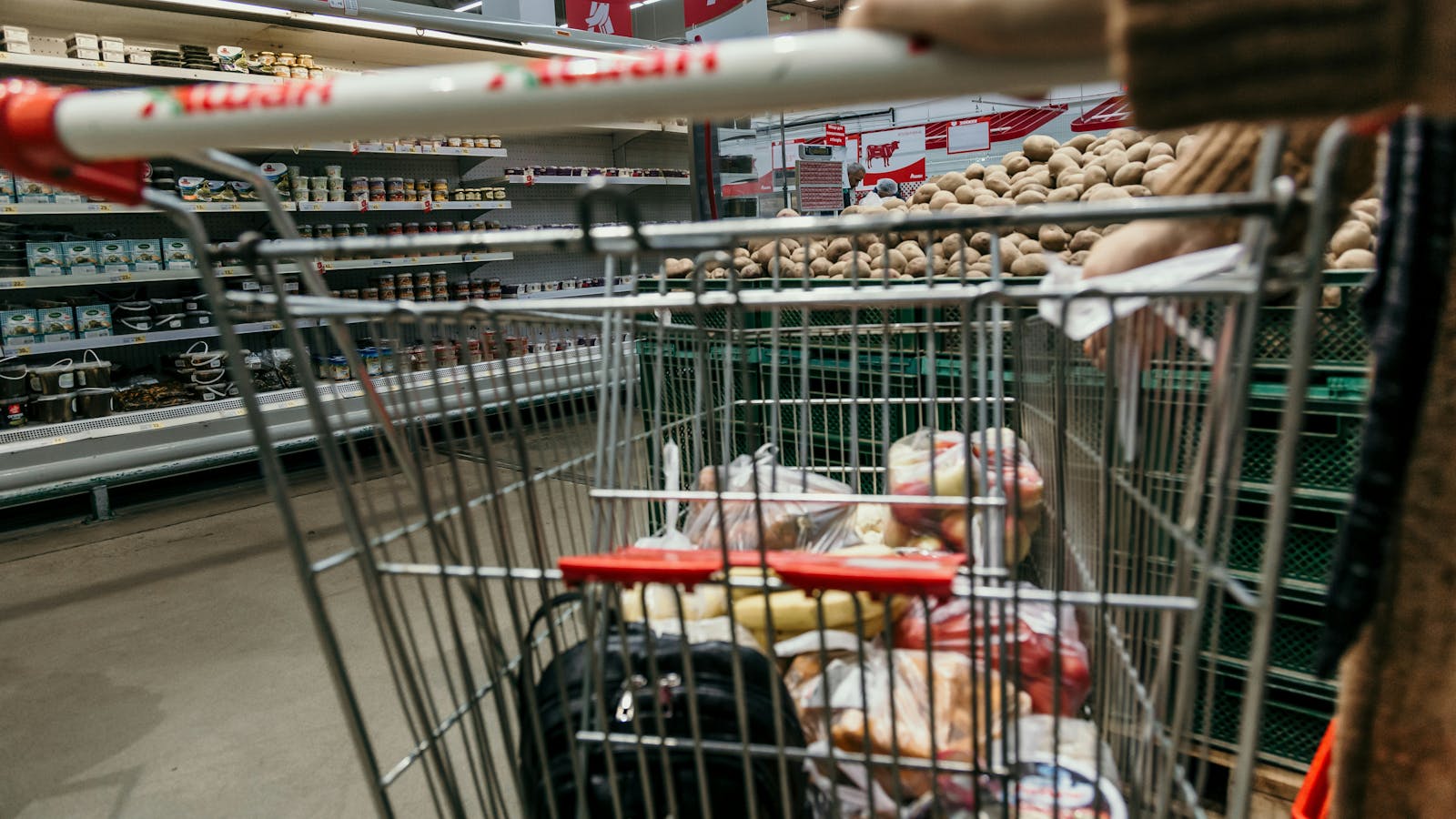

On September 29th, the 5th edition of the International Day of Awareness of Food Loss and Waste is celebrated. Established in 2019 by FAO and UNEP, the day against food waste has been held at the end of September since 2020, with the aim of raising awareness among government organizations, private institutions, and the public on this increasingly central issue, as the resources of our planet are depleting at an alarming rate.
The goal of this awareness campaign? To halve food waste by 2030. It’s a challenging goal, but not impossible to achieve if we all adopt virtuous behaviors in our daily lives.

And it’s within our homes that we can start making a difference, by incorporating so-called "anti-waste recipes" into our diets — dishes based on food leftovers that allow us to protect the environment without sacrificing taste, and why not, even save some money. Here we offer you a “humble” but absolutely tasty recipe that you can prepare with leftover bread: Mantuan Malfatti.

Mantuan Malfatti
Bread gnocchi, typical of the Mantuan rural tradition
Ingredients
- 300 gr of homemade breadcrumbs
- 100 gr of grated cheese
- 1 small onion
- 1 clove of garlic
- 1-2 eggs
- Meat broth
- 100 gr of butter
- Salt, pepper, nutmeg
Method
- Peel and finely chop the onion and garlic, then sauté them in about 50g of butter.
- When the mixture turns golden, add it along with the breadcrumbs to a mixing bowl.
- Pour in some broth and mix everything together, adding the eggs, grated cheese, and finally, salt, pepper, and a pinch of nutmeg.
- Shape the mixture, which should be soft but very firm, into cylinders about four or five centimeters long.
- Boil the malfatti in plenty of salted water, and drain them as soon as they rise to the surface. Toss them with the remaining melted butter and serve immediately.
Anti-waste tips
Here are some simple tips that each of us can implement to reduce food waste:
- Shopping: avoid impulse purchases (like those encouraged by 3-for-2 offers) and plan your shopping by going to the supermarket with a list of items to buy
- Vacuum sealing: if you can’t resist impulse buying, the vacuum-sealing technique might come to your rescue. Many supermarkets offer this service, or you can buy a vacuum-sealing machine and use it conveniently at home
- Cooking: don’t overdo the quantities. Generally, we don’t need to feed an army, but if there are leftovers, you can always store them in the fridge for a few days. Just don’t make this a habit, as most of the time, food stored in the fridge ends up in the trash instead of being consumed
- Fridge and freezer: arrange foods in the fridge so that those with a longer shelf life are placed at the back, leaving those with a shorter shelf life at the front. If you realize you have fresh products that you likely won’t be able to eat soon, divide them into portions and freeze them to extend their life
- Expiration date: "Use by" is different from "Best before...": in the first case, the food is safe to consume until the indicated date; in the second case, the date indicates when the product retains its specific qualities. In this latter case, foods are still suitable for consumption even after the indicated date
- Donate food: if you realize you won’t finish some food before it expires, consider sharing it with friends or neighbors
- Ugly but good: don’t throw away overripe or bruised food; instead, use it to make fruit juices and soups
- Recipes: use leftovers and scraps like potato peels, wilted salad, stale bread, and vegetable stems as ingredients to prepare simple but tasty dishes
- Composting: if something is no longer edible, instead of throwing it away, you can always turn it into "food" for the garden... and the plants will thank you!

A few numbers on food waste
It has been calculated that, on average, 74 kg of food per person is wasted annually worldwide — a staggering figure considering that 783 million people (more than the combined population of Europe and the United States) are currently facing food insecurity. Throwing away food doesn’t just mean denying it as a means of sustenance for those in need; it also means squandering the value of the land and the production processes necessary to produce it. According to some estimates, 1.4 billion hectares of agricultural land are used annually to produce food that is eventually wasted; 14% of food produced (worth approximately $400 billion) is lost between harvest and sale, while 17% of global agricultural production is wasted.

The most virtuous nation and the most wasted foods
A 2021 survey by Waste Watcher International, an observatory promoted by Ipsos and the University of Bologna on food waste in the eight G8 economies, crowned Italians as the most virtuous nation. With 500 grams of food wasted per capita weekly (one-third compared to Americans), Italians are the least wasteful, and the trend is even declining (partly due to inflation and consequent price increases). Italians pay particular attention to expiration dates and reusing leftovers in the kitchen.
As for what is wasted, the list is topped by fresh fruit, with Italy (33%) and Spain (40%), followed by Germany (30%) and the United States (32%). In second place are salads, with Italy at 24%, and vegetables in the Netherlands, as well as onions, garlic, and tubers in France and Spain. In Germany, most waste consists of cold cuts and packaged bread.

Rustic Experiences
At Cesarine, we are committed to preserving the humble dishes of Italian peasant tradition. Simple meals prepared with seasonal products that the land provides, yet rich in flavor, appetizing, and above all, healthy. Discover our food and wine experiences with the most rustic and authentic taste!